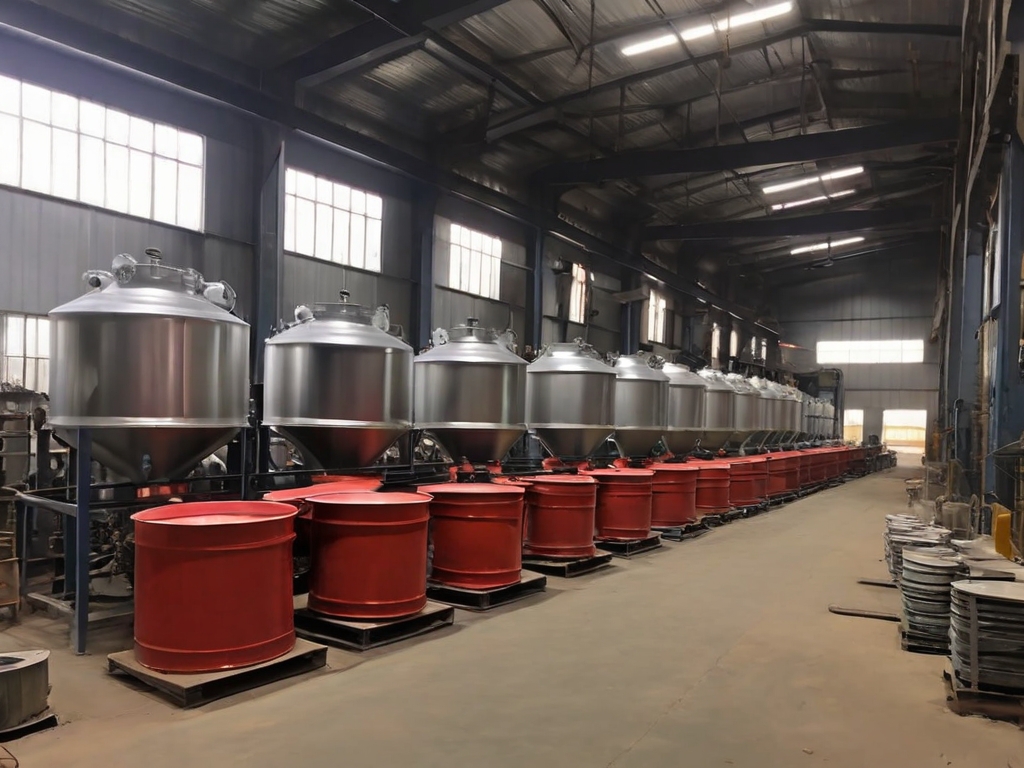When it comes to safety in hazardous environments, nothing is more critical than the use of intrinsically safe devices. Leading suppliers like the Intrinsically Safe Store design these devices to prevent ignition in potentially explosive atmospheres. But how exactly do they achieve this? Let’s delve into the fascinating world of intrinsically safe technology to find out.
What are Intrinsically Safe Devices?
Engineers specifically design intrinsically safe devices to limit electrical and thermal energy output to a level below what is required to ignite a specific hazardous atmospheric mixture. This means that even in the event of a fault condition, these devices cannot produce a spark or heat that could ignite the surrounding atmosphere.
How Do Intrinsically Safe Devices Work?
The principle behind intrinsically safe devices is simple: control the energy to a safe level. This is achieved through three main methods:
- Limiting Energy: The devices are designed to restrict the electrical and thermal energy to levels that cannot cause ignition.
- Regulating Power Supply: The power supply to the device is controlled to ensure it does not exceed safe levels.
- Isolating Circuits: Electrical circuits within the device are isolated to prevent any potential sparks or heat generation.
Examples of Intrinsically Safe Devices
There is a wide range of intrinsically safe devices available, each designed for specific applications in hazardous areas. Some examples include:
- Mobile Phones and Tablets: Designers create these devices for safe use in potentially explosive atmospheres, such as oil and gas facilities.
- Two-Way Radios: Engineers design these communication devices to prevent ignition in environments like chemical plants and mines.
- Gas Detectors: We use these devices to detect and measure potentially explosive gases in the atmosphere.

Why Choose Intrinsically Safe Devices?
Choosing intrinsically safe devices for hazardous areas offers several benefits:
- Safety: These devices significantly reduce the risk of ignition in potentially explosive atmospheres.
- Cost-Effective: They eliminate the need for expensive explosion-proof enclosures and complex wiring systems.
- Flexibility: You can safely use, maintain, and repair them in hazardous areas without needing to shut down the plant.
Case Study: Intrinsically Safe Devices in Action
A prime example of intrinsically safe devices in action is their use in the oil and gas industry. In these environments, the risk of ignition is high due to the presence of flammable gases. By using intrinsically safe devices, companies can ensure the safety of their workers and operations, while also complying with stringent safety regulations.
Ensuring Safety in Hazardous Areas
Intrinsically safe devices play a crucial role in preventing ignition in hazardous areas. By limiting electrical and thermal energy, these devices ensure safety in potentially explosive atmospheres. Whether it’s a mobile phone, a two-way radio, or a gas detector, intrinsically safe devices are an essential part of any safety strategy in hazardous environments.
For a wide range of intrinsically safe devices, visit the Intrinsically Safe Store. Our team of experts is ready to help you select the right devices for your specific needs. Contact us today to learn more about our products and how they can enhance safety in your operations.


























